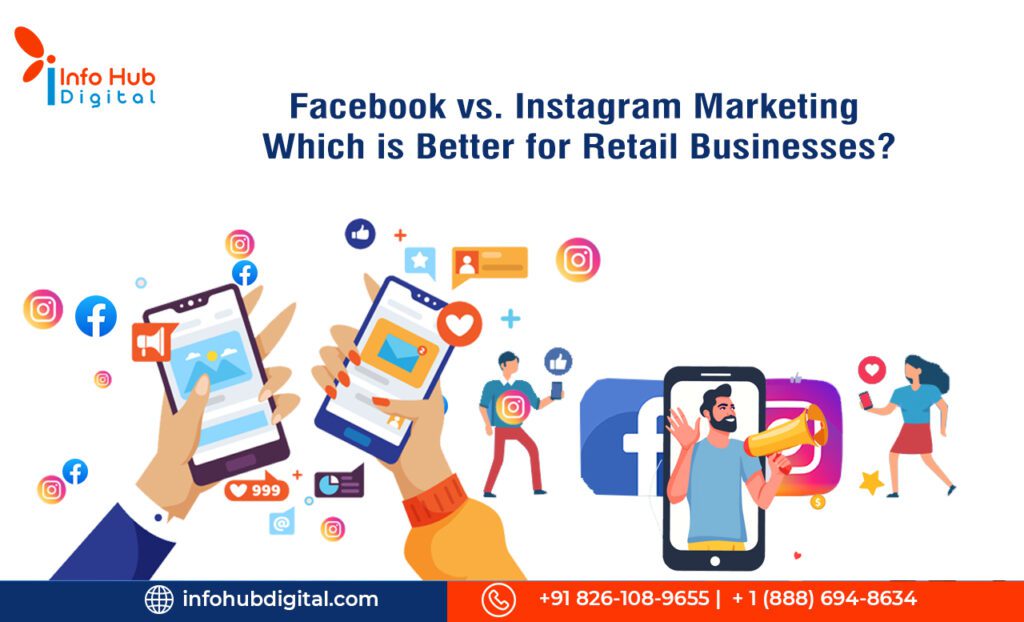The purpose of every website content is to communicate a message to a specific audience. For that to happen, your content must be well-crafted in order to successfully express its contents. You’ll also need a mechanism to get your website’s content in front of the people you want to see it. Is copywriting a deterrent to your website ranking and position? Because it focuses on crafting content that is valuable for readers and optimised around a specific term, SEO copywriting tips help you achieve both of those goals. When done correctly, SEO copywriting tips can help you improve your rankings while also satisfying your users. To score highly on search engines, SEO necessitates the constant upkeep of your site’s digital presence, which includes content.
The practice of creating web content for users using keyword research and SEO strategy is known as SEO copywriting. Content that serves users is prioritised by search engine crawlers, which is where copywriting comes in. Copywriters generally produce varied content based on the demands of their clients, such as blogs, web pages, e-books, ad copy, and website content. A writer’s work can have a significant impact on page performance, from keyword research to writing organised and optimised content. Do you know why SEO copywriting is essential for your business –
- To bring in the right visitors depending on the keywords your article focuses on
- To persuade readers to take action by offering solutions to the questions that your audience is asking
- To create trust and authoritativeness
Now, we understand that SEO copywriting may not seem as easy as it sounds, but with a few tips, we’re sure you can do great.
- Realistic Keyword Goal
You should have a precise keyword aim in mind before you begin writing. However, make sure your content is set up for success by establishing realistic and attainable keyword goals. The core of the SEO copywriting process is keyword research. You could be tempted to use industry keywords with a higher search volume, but these are quite competitive, hence difficult to rank for.
So, how can you know if your material is likely to rank?
Keyword difficulty scores can be used as a guideline for achieving your keyword objectives. These keywords may be long-tail or have a more informational search intent, but they can help your content rank rapidly and get traffic.
- Find Questions Commonly Asked
A search engine’s goal is to make finding information as simple as feasible. This is why Google keeps improving SERP features; users no longer need to click on a page to get results. Predicting your users’ next inquiries is a great approach to keep your material organised. It is, however, an excellent technique to target SERP features such as the PAA (People Also Ask) box.
There are a number of SEO tools that can assist you in locating queries that are relevant to your topic and keywords such as AlsoAsked, AnswerThePublic and Quora.
- Write for Search Intent
Navigational, informational, transactional, and commercial search intent, are the four most common categories. What type of content to create is determined by the search intent of your target keyword. When it comes to transactional keywords, Google is more inclined to recommend product or service pages because the consumer is looking to buy something. Google favours blogs, top-ten lists, how-to articles, and resource-driven content types for informational queries.
Most keywords fall into one of the four categories listed above, so make an effort to match that intent with your content.
- Optimize Meta Tags
The meta title and description of a page are the first things readers notice when looking at the SERPs. The header will be the first thing people see when they arrive on the website. Keeping your meta and headlines simple can help you enhance your organic click-through rate and page visits.
Remember, depending on the user’s query, Google may update your meta on the SERP. However, providing an optimised title or description for search engines and users is still necessary. Both users and search engines should be able to figure out what your content is about thanks to your title tag and meta description. Even if Google decides to change things, as long as your page has good information, your website will do fine.
- Include Visuals
Use visuals on your pages, such as videos, photos, charts, and infographics. The usage of visual components can improve the number of time readers spend on a page and encourage them to share the graphic on social media. This method can expand the reach of your content, and the media can be utilised in the SERPs if properly optimised.
It’s important to include image alt tags (descriptions for images you use throughout your copy) to all of your images. Alt-text is used by screen readers to learn more about specific images on specific pages. Over time, Google has provided more image results, which can help with search engine rankings.
While you should keep SEO best practices in mind, keep in mind that your main purpose is to serve your users. With the above tips, you’ll be on your way to producing high-quality material in no time. Keep track of your KPIs over time, make necessary updates to existing material, and generate new content to fill in the gaps. Your website can soon come on ranking pages with user-friendly content that answers queries and is based on keyword data.
In order to improve your rankings and visibility, Info Hub Digital, a top digital marketing firm in Pune, has the tools to create high-quality content to satisfy every business need. We take pride in leveraging our services with customised solutions to businesses of every size and genre.
Read More: Importance of Content Marketing for Business Growth







